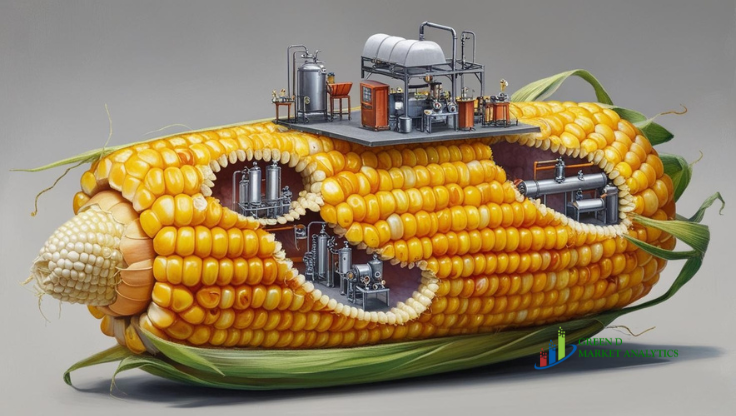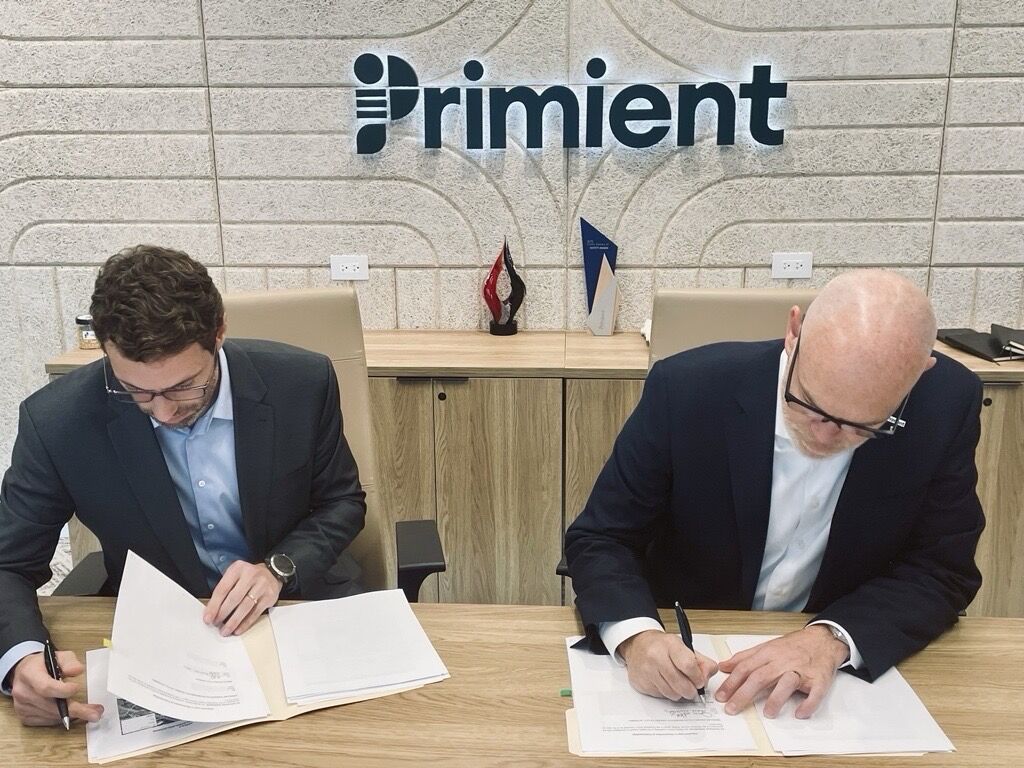
Lignin is expected to play a significant role as a new chemical feedstock particularly in the formation of supramolecular materials and aromatic chemicals. Lignin is a complex plant-derived macromolecule found in the cell walls of almost all dry plants. It makes up 20-30% of the composition of wood.
According to a European Commission (EC) report “Top emerging bio-based Products, their properties and industrial applications” published by Germany-based Ecologic Institute on June 2018, lignin – among the most relevant large-volume biomass components – was found to generate the highest number of innovative products together with terpenes and urban wastes. Its natural abundance and global availability represent the main drivers for the persistent attempts at its exploitation beyond its actual relevant role as a bioenergy source, although its chemical versatility and uniqueness as a source of aromatic building blocks also play a role.
Innovative products derived from lignin range from fundamental chemical building blocks such as BTX aromatics to material for advanced applications in technical fields like construction engineering, where for instance both carbon fibres and thermoset resins play a major role but are currently not available from renewable sources.
You can now access my full article on lignin for free via a blog post from our sister company Forest2Market.





One response to “More R&D Activities Open Up Lignin’s Feedstock Potential”
Thanks for updates in the lingin world. I would like to share a little of information about Lignum so that your report in Forest2market is more complete.
Lignum is producing biobased, lightweight fillers Lignum’s fillers is used in automobiles in Korea. Lignum’s ligni-based fillers does not come from ‘waste lignin’. Unlike conventional biorefineries, Lignu’s biorefinery produces lignin-based fillers as major and primary product and sugar streams as waste stream which can be utilized in fermentation. Lignum’s biofiller has unique properties which cannot be matched by other modified lignins Our fillers can be well dispersed in polymer matrix like PP and ABS, PC and even PMMA. Once neste’s biobased PP is available we expect consumer products and auto parts of 100% biocontent to be available on the market. Lignu’s biofillers can reduce the cost of final products employing biopolymers of high manufacturing cost such as PBAT, PBS, PHA and PLA. Lignum’s cost-competitive biofillers can make the difference in the biopolymer applications such as mulching films, 3D printing and durable goods as well.